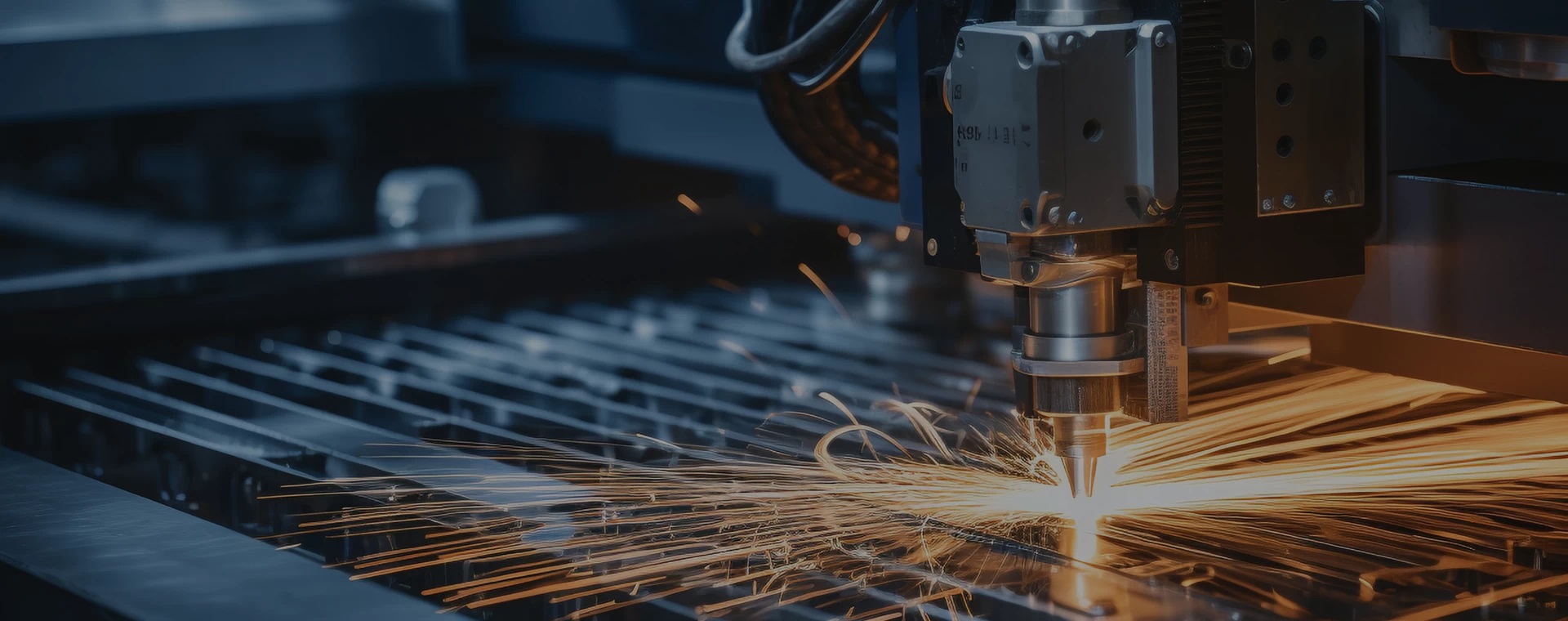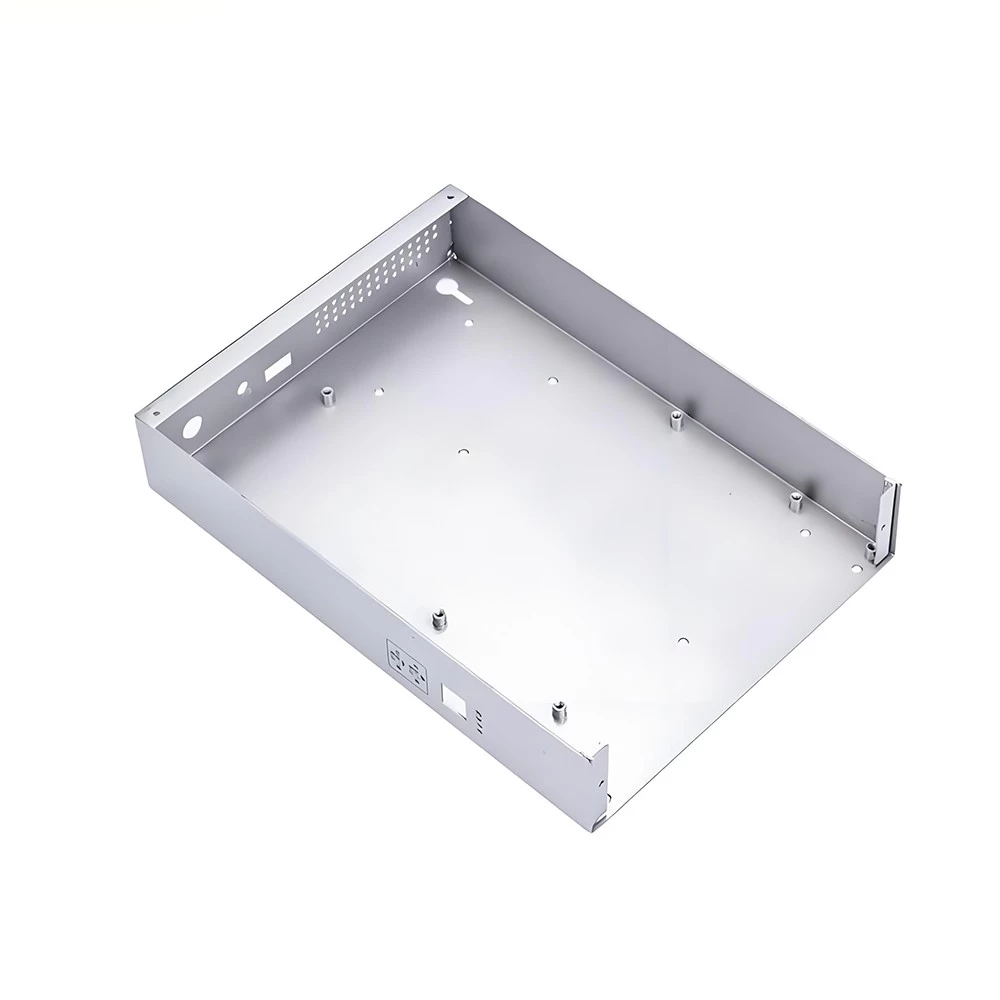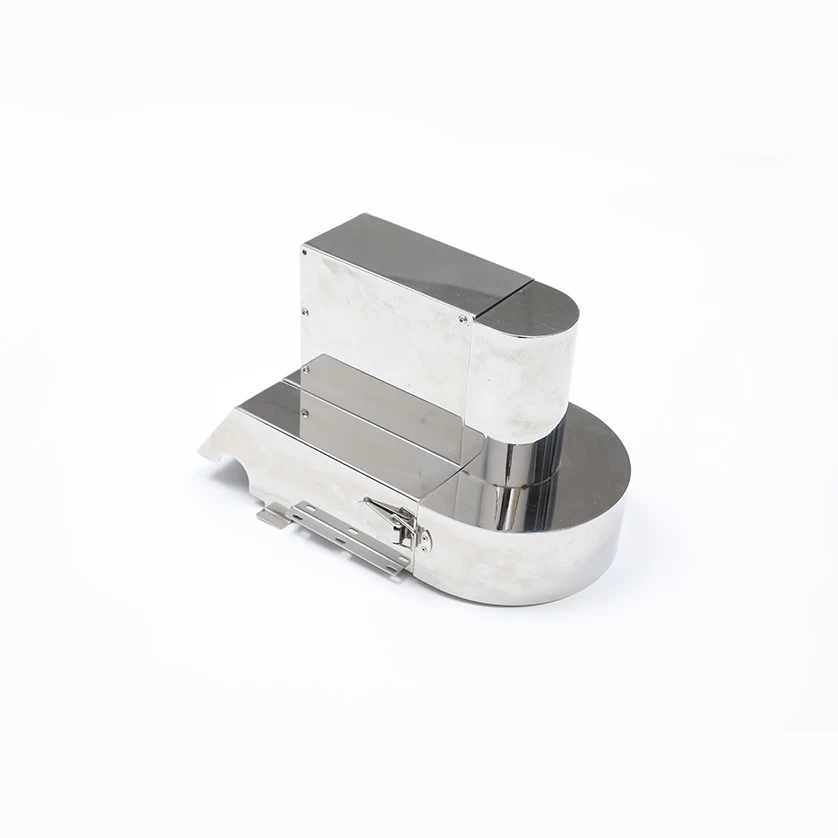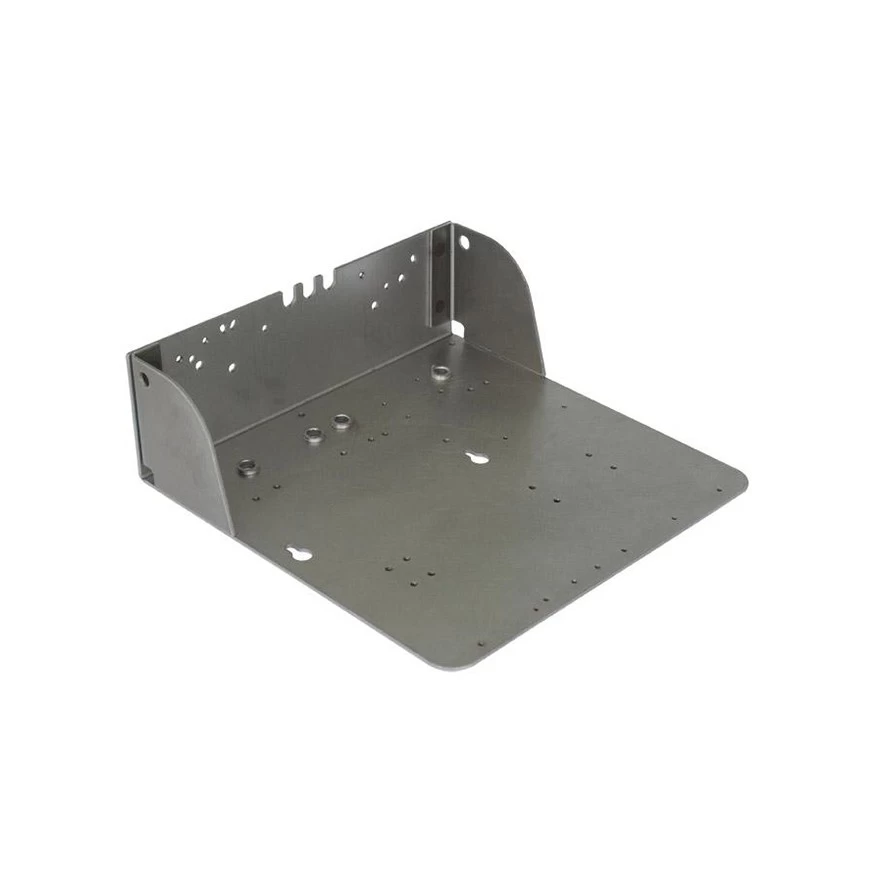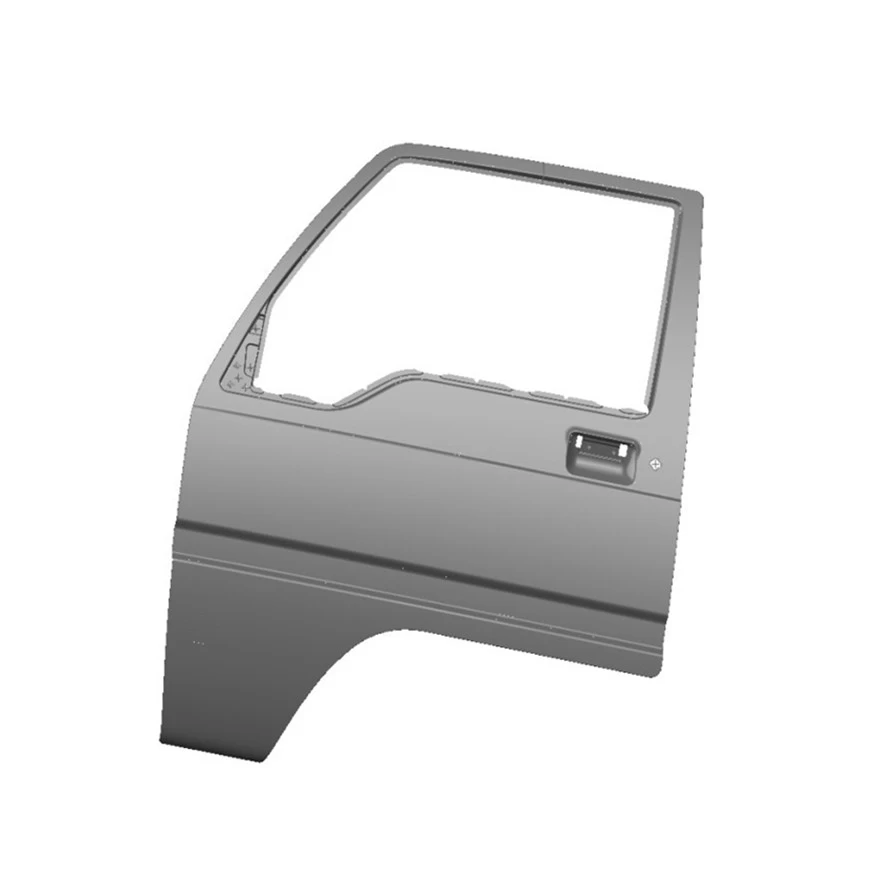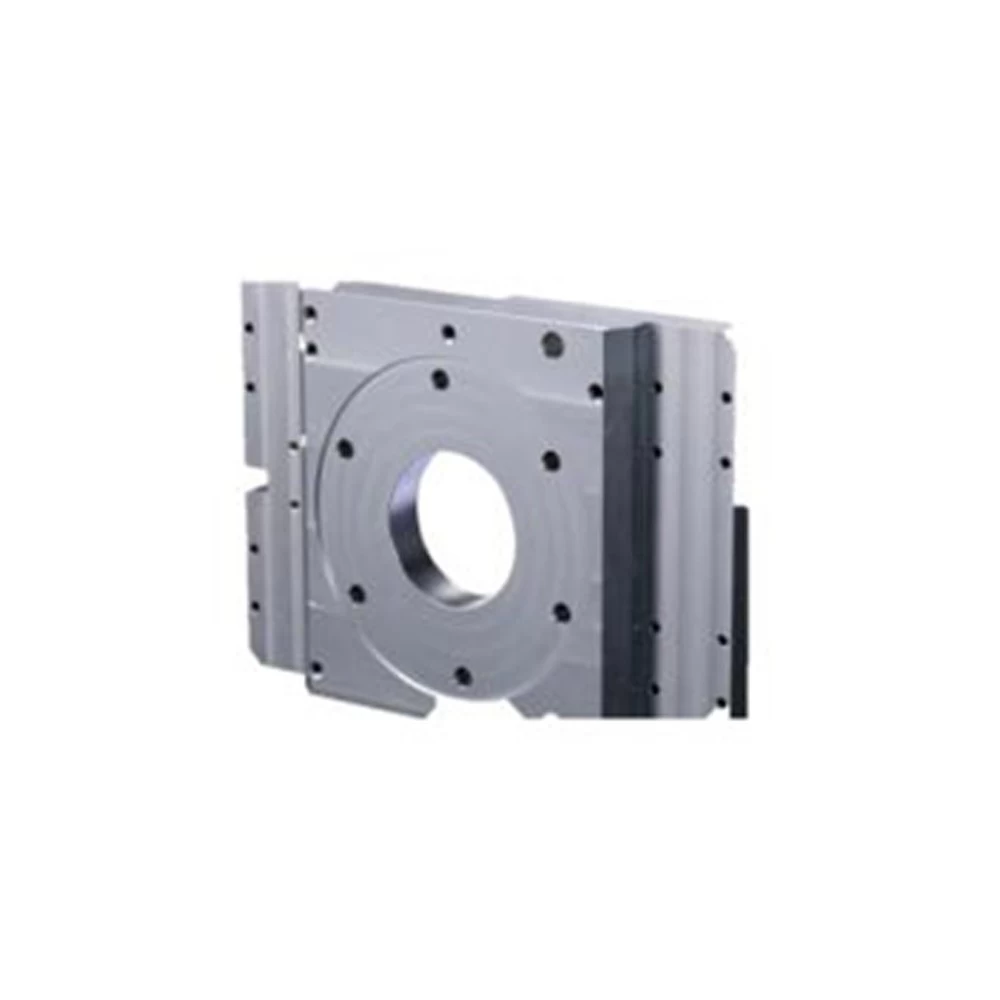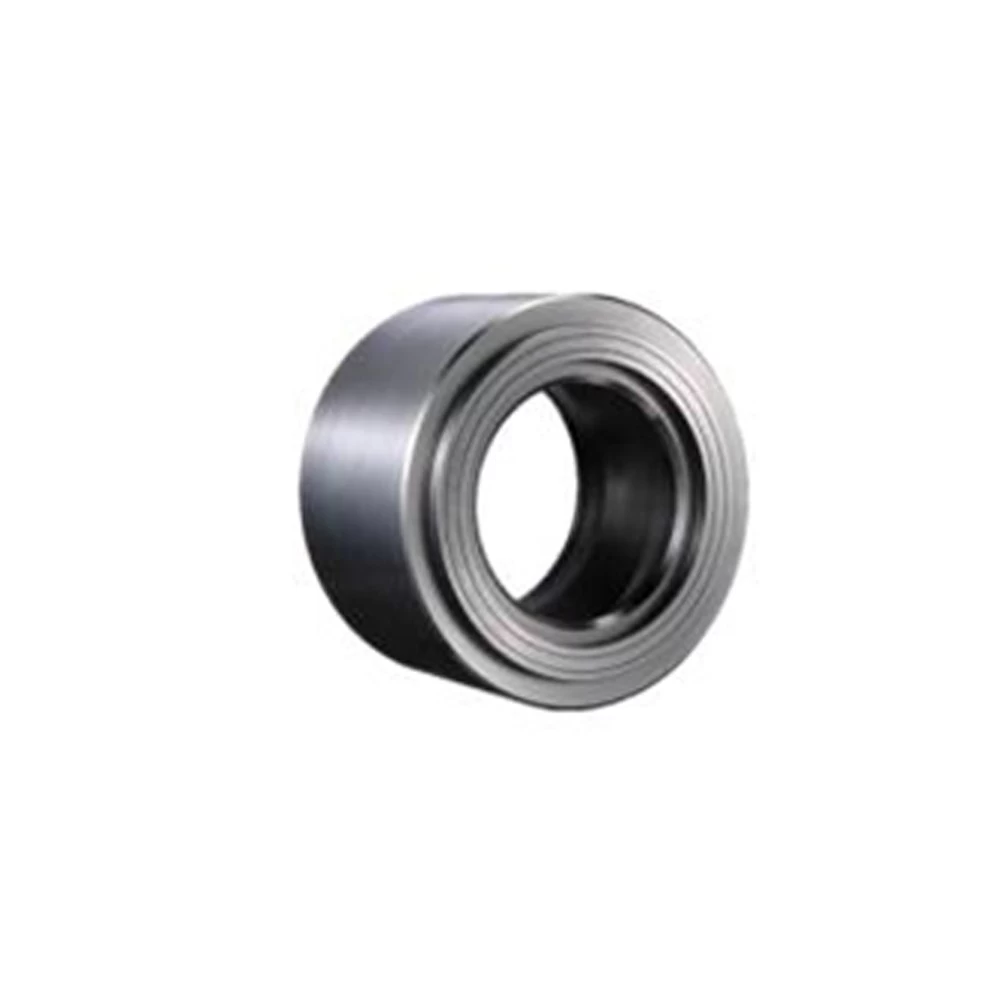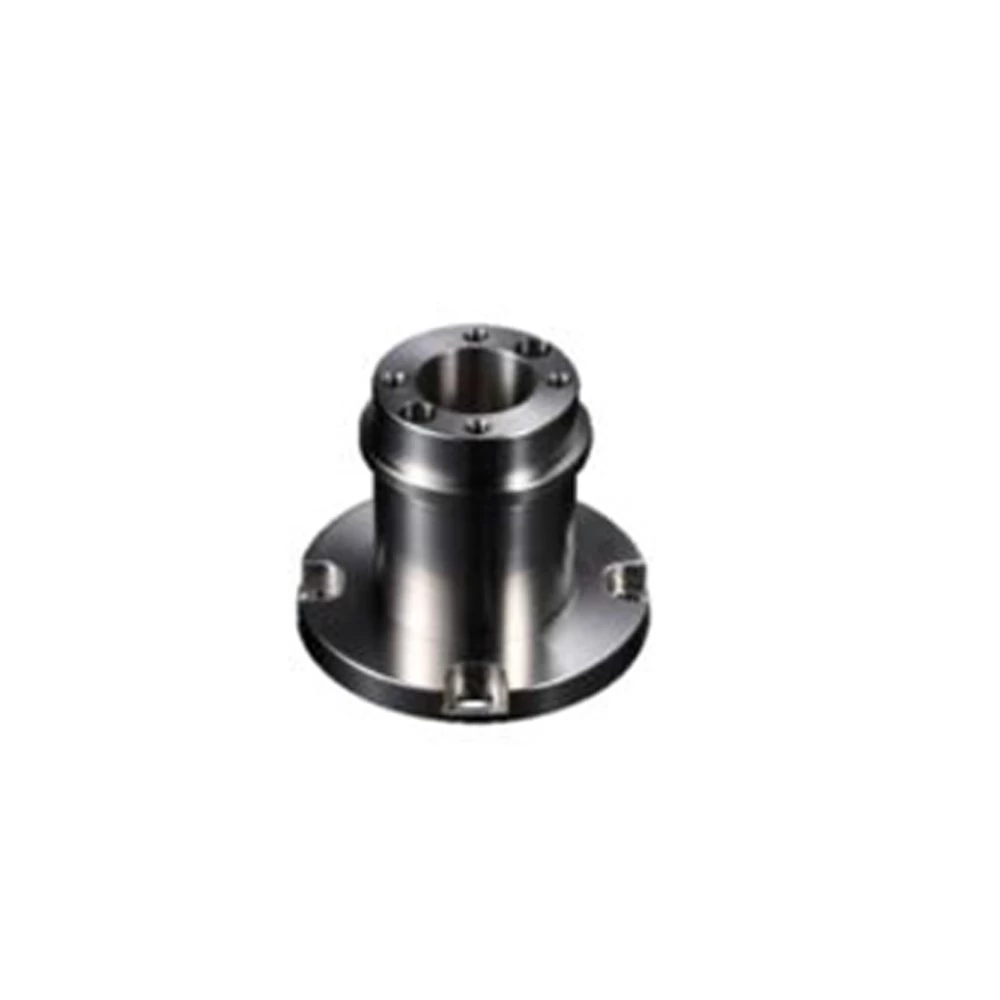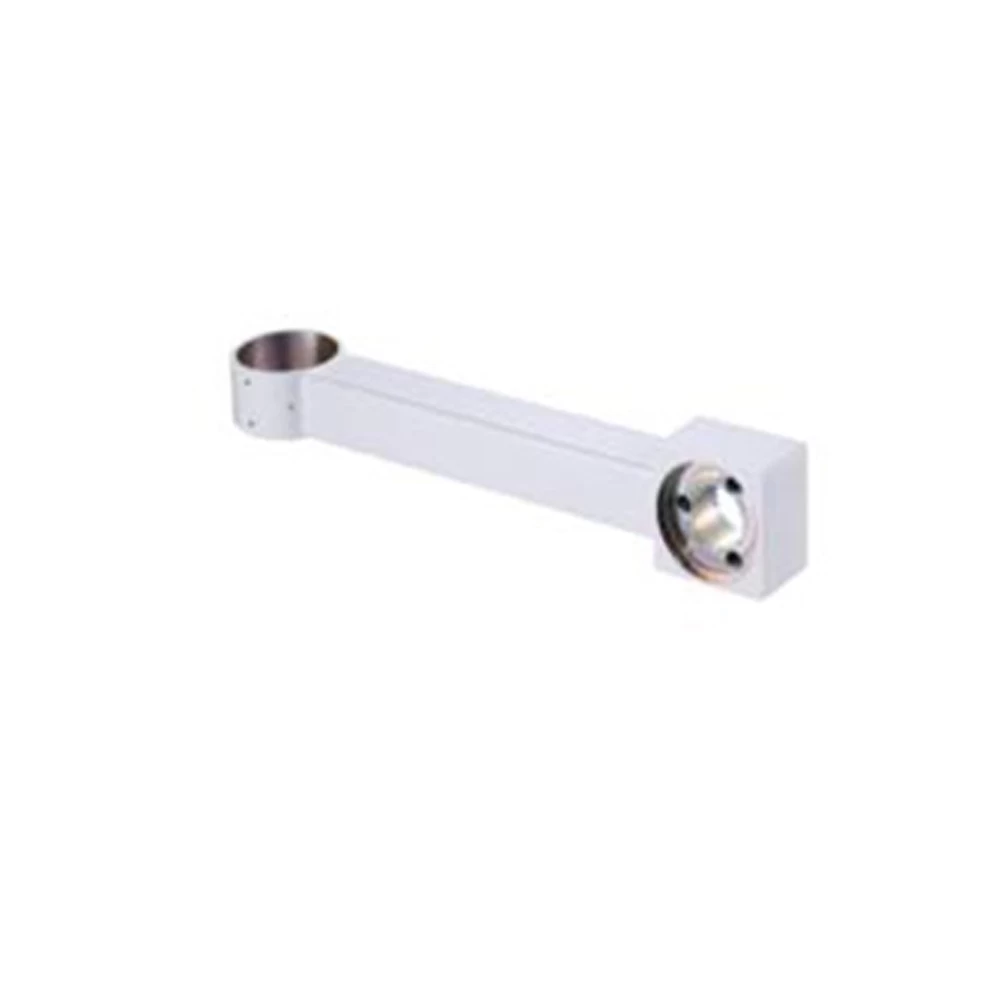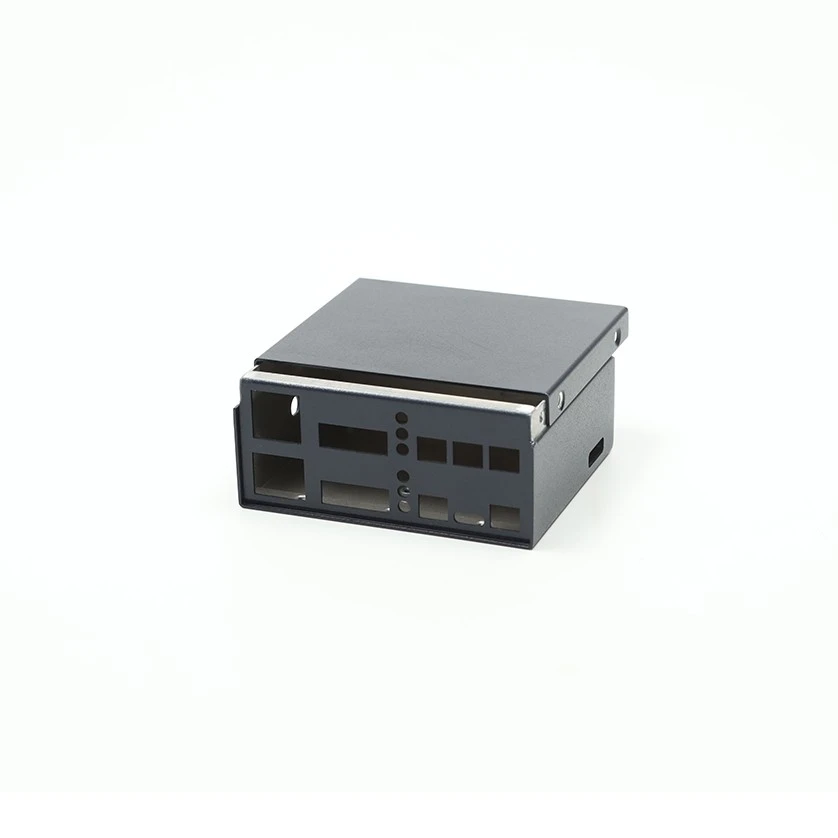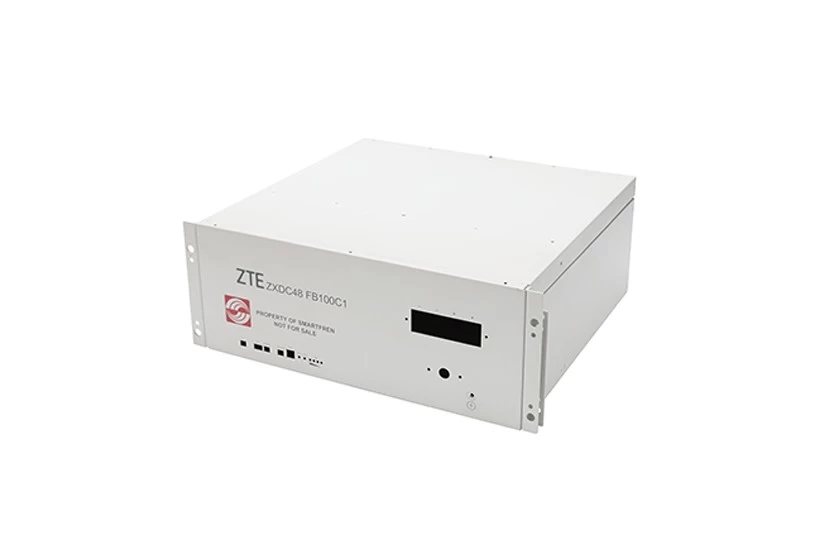China Aerospace Sheet Metal Fabrication: The Precision Cornerstone Behind the Dream of the Clouds
In the magnificent epic of mankind's conquest of the firmament, behind every breakthrough aircraft design and every soaring airplane, a precise and crucial supporting technology--aerospace sheet metal fabrication is indispensable, and as a manufacturer in this high-precision field, China aerospace sheet metal fabrication manufacturer knows that our mission is far more than ordinary metal shaping: we are casting solid metal for mankind's dream of flight with millimeters of precision and unreliability. As a China aerospace sheet metal fabrication manufacturer in this high-precision manufacturing field, we know that our mission is far more than ordinary metal molding: we are using millimeters of precision, impeccable reliability, forging solid and light wings for the human dream of flight.
The requirements for sheet metal manufacturing in the aerospace field can be called the Mount Everest of the metal processing industry. Unlike ordinary industrial applications, the core of aerospace lies in the seemingly contradictory unity of extreme lightness and extraordinary reliability. Every gram of weight of an aircraft directly affects fuel efficiency, range and payload; at the same time, they must withstand extremely harsh environmental tests: from the low temperature of -55°C in the stratosphere to the high temperature of thousands of degrees Celsius in the engine compartment; from the huge impact load during takeoff and landing to the severe vibration and aerodynamic pressure during high-speed flight; to the interweaving of complex factors such as high altitude, strong radiation, and corrosive media. This requires that every aerospace sheet metal parts we manufacture must have ultra-high specific strength (strength/weight ratio), excellent fatigue resistance, excellent corrosion resistance, and dimensional stability under long-term service.

To meet these challenges, China aerospace metal fabrication factory is first of all a material revolution for aerospace sheet metal manufacturing. The materials we come into contact with and process with precision on a daily basis are far from ordinary steel:
High-strength aluminum alloys (such as 7075, 2024): With their excellent specific strength and mature processing performance, they are still the main force of fuselage structure (skin, bulkhead, wing ribs). Its lightweight characteristics of precision forming are irreplaceable.
Titanium alloys (such as Ti-6Al-4V): When facing high temperatures (such as engine peripheral nacelles, firewalls) or parts with extreme requirements for strength-to-weight ratio (key parts of landing gear), titanium alloys become the first choice. Its excellent strength, heat resistance and corrosion resistance make it the key to achieving higher performance.
High-temperature alloys (such as Inconel 718, Hastelloy X): In the "heart" area of the jet engine, the combustion chamber, turbine blades, tail nozzles and other components are directly faced with the erosion of high-temperature gas like molten metal. Nickel-based or cobalt-based high-temperature alloys have become the "armor" guarding the power core with their amazing high-temperature strength, oxidation resistance and creep resistance.
Advanced composite materials (metal-based/ceramic-based): Although the main body is non-metallic, the connection interface with metal structural parts, supporting skeleton, etc. still require high-precision metal sheet metal parts as key load-bearing or force-transmitting nodes, which puts higher requirements on the connection technology of dissimilar materials and the precision of the metal parts themselves.
These "delicate" but strong materials pose a severe challenge to traditional processing methods. The rough force of ordinary shearing machines and punching machines can easily produce micro cracks in the cut, which becomes a fatal hidden danger in high-stress environments. Therefore, high-energy beam precision processing has become our core weapon:
Laser cutting: High-power, high-beam quality lasers (such as fiber lasers, ultrafast lasers) can achieve complex contour cutting with submillimeter precision, with extremely small heat-affected zones and smooth cuts without burrs, especially suitable for thin plates and precision parts. Equipment such as Swiss Bystronic laser cutting machines are reliable partners for achieving micron-level precision.
Water jet cutting: The cold cutting characteristics make it the only choice for processing sensitive materials (such as high-strength steel after heat treatment, composite laminates) and avoiding heat-induced damage. Ultra-high water pressure (up to 600MPa or more) mixed with pomegranate sand abrasives can cleanly cut difficult-to-process metals up to hundreds of millimeters thick.
Plasma cutting (high precision): In certain thick plate applications, fine plasma technology can also provide relatively efficient cutting solutions that meet aviation requirements, especially in the field of aluminum alloys.
However, cutting and forming is only the first step. To give the flat plate a complex three-dimensional surface that meets the aerodynamic shape and load-bearing requirements, a series of exquisite forming and connection technologies are required:
Precision bending (CNC bending): The CNC bending center equipped with high-precision backgauge, real-time compensation of grating scale and intelligent angle control system is the basis. We pursue 0.1 degree bending angle accuracy and 0.05mm straightness control to ensure a perfect fit during assembly. The high rigidity frame and repeated positioning accuracy of the Swiss Gema bending machine are the guarantee of quality.
Skin stretch forming: The smooth and smooth double-curved skin of the fuselage and wing of large aircraft depends on large-scale stretch forming equipment. Through the precisely controlled stretching force and mold surface, the metal sheet undergoes plastic deformation and perfectly fits the theoretical aerodynamic shape.
Fluid forming/hydraulic bulging: Using ultra-high hydraulic pressure as a flexible "punch" and cooperating with a rigid mold, complex surfaces that are difficult to achieve with traditional methods (such as integral wing ribs with reinforcement ribs) can be formed in one go, significantly reducing the number of parts and connection points, and improving structural efficiency and reliability. Some parts of the Boeing 787's wings benefit from this technology.
Superplastic forming/diffusion bonding: For materials such as titanium alloys, by utilizing their superplasticity at a specific temperature and combining diffusion bonding technology, hollow, multi-layer, lightweight, high-strength integral structural parts with fine inner cavities can be manufactured, which have broad application prospects in engines and advanced aircraft.
Advanced connection technology: In addition to traditional precision riveting (automatic drilling and riveting technology ensures consistency and quality), high-energy beam welding (laser welding, electron beam welding) is increasingly widely used in key load-bearing structures and sealing structures (such as fuel tanks) due to its large aspect ratio, small thermal deformation, and high weld quality. Stir friction welding also shows unique advantages in aluminum alloy connections.
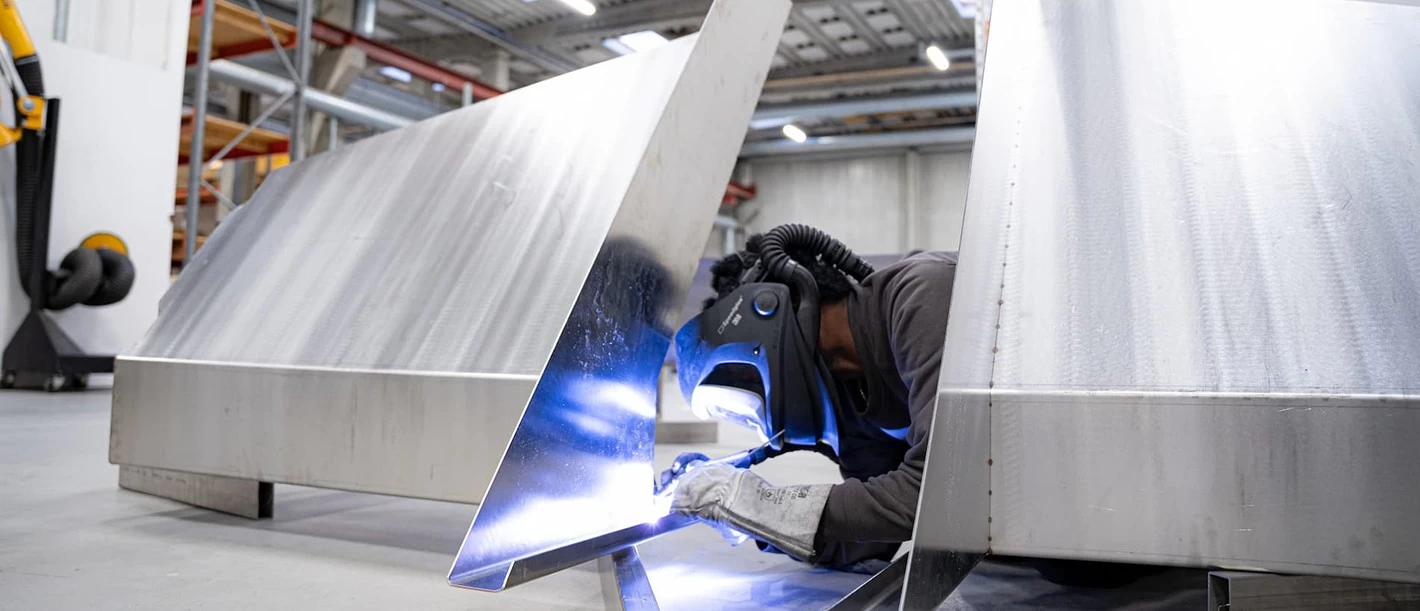
China sheet metal fabrication for aerospace, "almost" means "too different". Metrology and non-destructive testing are the ultimate gatekeepers of product quality: Precision three-dimensional measurement: Coordinate measuring machine (CMM), laser tracker, optical scanner (such as blue light scanning) build a digital inspection system. We not only detect the final size, but also implement process monitoring after key processes to ensure that the form and position tolerances (flatness, contour, etc.) meet the strict requirements of engineering drawings (usually required to be within the range of 0.1-0.25mm, and key parts are more stringent). High-precision measuring equipment from Hexagon and Zeiss is the cornerstone of data reliability. Full coverage of non-destructive testing: Penetrant testing (PT) checks surface opening defects; Ultrasonic testing (UT) detects internal inclusions and delamination; Radiographic testing (RT, such as X-rays and gamma rays) looks inside complex structures; Eddy current testing (ET) is used for near-surface defect screening of conductive materials. Each key part must be verified by NDT using the specified method to ensure that it is flawless and "same inside and outside".
The core of the aerospace sheet metal fabrication manufacturer system is quality assurance throughout. Obtaining AS9100 aerospace quality management system certification is just an entry ticket. Strict process control (statistical process control SPC), detailed material traceability (from melting furnace number to final parts), complete process specifications (approved by customers), thorough first article inspection (FAI), and strict certification of personnel qualifications constitute a watertight quality network. Any deviation must initiate root cause analysis and corrective preventive actions (RCCA). Digital manufacturing (MES system) and digital twin technology are increasingly integrated into this system to achieve full process transparency and precise control. From the storage of raw materials to the delivery of finished products, each link is branded with a unique traceable identification, and the responsibility is clear to the individual.

